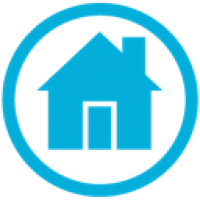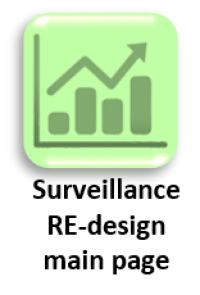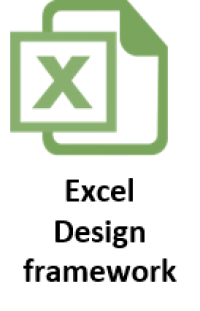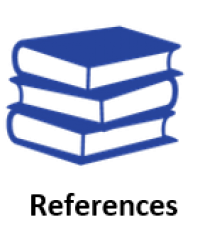This is an old revision of the document!
Table of Contents
toc09.1 WHO will collect the samples?9.2 HOW will samples be collected?9.3 WHEN/HOW OFTEN will samples be collected?9.4 Training9.5 Follow-upThis section details the specific process of collecting the samples (or any other information) from the source.
9.1 WHO will collect the samples?
Who are the agents who will collect samples/information? This is important in determining the amount of labour needed, and how specialized these need to be.
Examples of agents who will collect the samples are:
- non-specialized agents (farmers, public, hunter, etc);
- technicians;
- veterinarians.
9.2 HOW will samples be collected?
A surveillance designer should at this step consider all details regarding a sample collection protocol. If a written ones is not available, a plan should be made to prepare one.
9.3 WHEN/HOW OFTEN will samples be collected?
What will be the frequency of data/sample collection? If a survey is being designed, these details can include whether for instance farms will be visited multiple times, once to inform the farmer and once to collect samples. If a regular/continuous data collection is used, details must be determined regarding the specific time points of data/sample collection.
9.4 Training
It should be considered whether training is needed for sample collection. Details should be documented, such as frequency, institution responsible, target audience, etc.
9.5 Follow-up
Plans for monitoring / reviewing compliance in the sample collection / data generation process (for instance that the right number of samples have been collected monthly).











